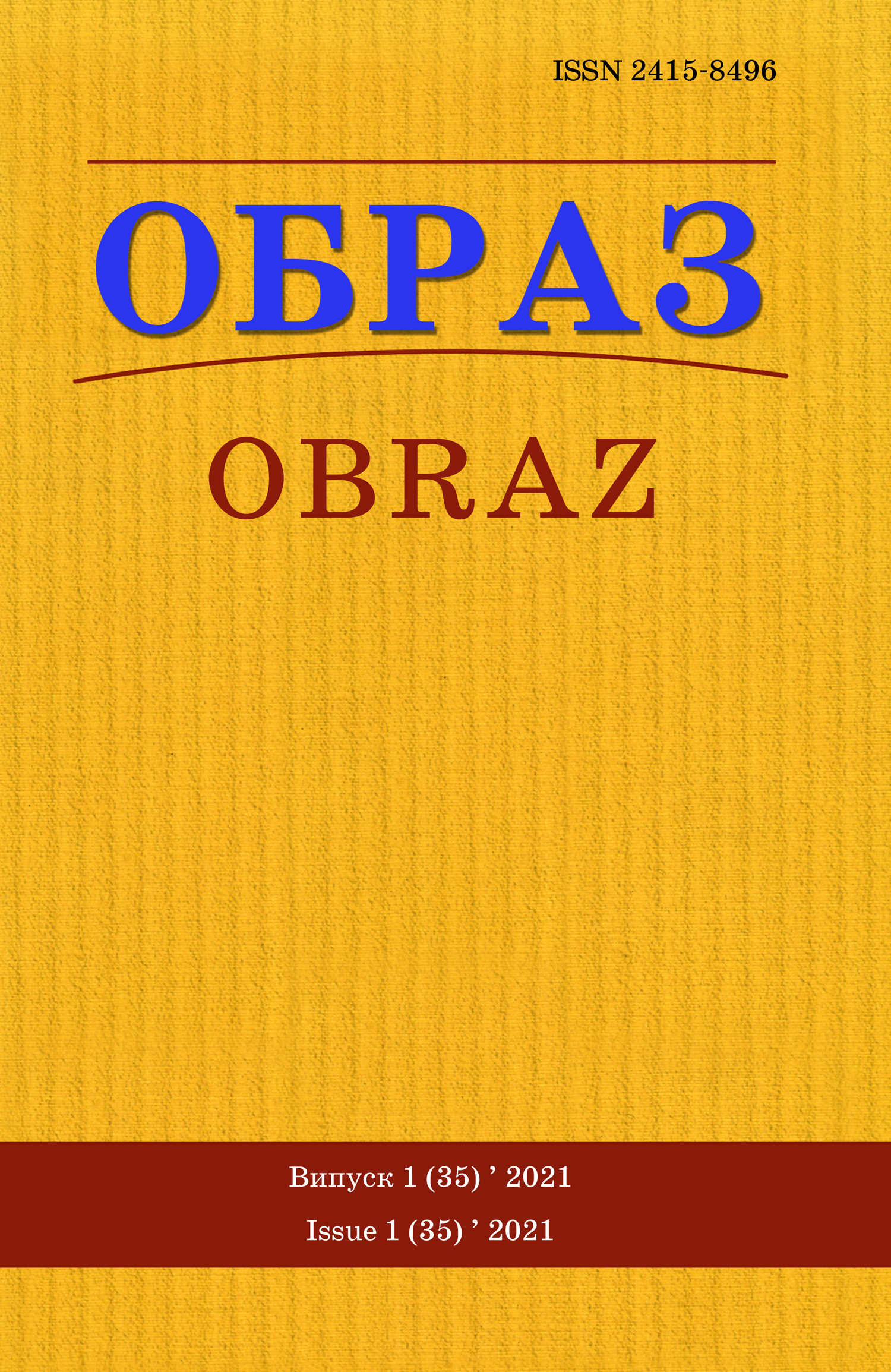Abstract
Introduction. Transformations of journalism in the post-communist countries including Ukraine led to the transformation of the general picture of journalism as a sector of social activity. Journalistic practice and the person of a journalist are a large part of the market for journalistic work in its diversity; however, the fact remains that this market has some limits.
Relevance of the study. The problem of considering public consciousness as a basis for the conflict between power and law in the context of the institutionalization of law cannot be ignored, since the multifaceted nature and complexity of the formation and functioning of the public consciousness alone make it possible to isolate the structure of legal entities that aim at shaping the entire Ukrainian system. Methodology. The basis of scientific research is the analysis of theoretical research. The methodological basis of the article is a combination of general scientific methods and special techniques and approaches to the study of patterns and features of information processes and phenomena. The processing of the source base was based on the use of analytical, synthetic and logical methods, which helped to formulate a system of initial theoretical concepts, principles of selection, analysis and generalization of research material. theoretical concepts, principles of selection, analysis, and generalization of research material. Results. Generally, the journalistic field allows to analyze transformations clarified by mass media and individual journalists that take place in the social space and the public as an occasion for journalistic production it is related especially to specialized journalism. For example, the problems of politics, economics, health care or financial affairs in the mass media are the basis for a clash of different points of view, a discussion of both the internal journalistic direction and the general discourse. The journalistic field only overlaps these discussions with its logic. Conclusions. Comparative analysis of the components of the specialized subspaces of the journalistic field is more important today than what we call light journalism, the so-called «the yellow media».
References
1. Golubev V. Universal journalism. Rivne: Printing of Volyn. 2016. 155 p.
2. Maltsev VA Democratic foundations of political life of society. Socio-political magazine. 1993. №7. Pp. 29–35
3. Markov M. Technology and efficiency of social management: lane. with bolg. M .: Progress, 19. 267 s.
4. Mitchuk O. A. The phenomenon of liberal content in social communications: author. dis. … Dr. of Science in Soc. commune: 27.00.01. Zaporozhye, 2015, 32 p.
5. Modern Western philosophy: Dictionary / Sost. VS Malakhov, VP Filatov. M .: Politizdat, 1991. 414 s.
6. Finkler Y. Political setback in Ukraine and risks for the media. Problems and prospects for the development of higher education and economics in the XXI century: a collection of abstracts of speeches of participants of the international scientific-practical conference. MEGU named after Academician S. Demyanchuk. Rivne, 2015. S. 160-162.
7. Bennett W. L. Toward a Theory of Press-State Relations in the United States. Journal of Communication, Spring. 1990. H. 103-127.
8. Bourdieu Pierre La distinction: critique sociale du jugement, by Pierre Bourdieu, Paris, Les Editions de Minuit, 1979. 670 pp.
9. Bourdieu Pierre. Language. and. Symbolic. Power. By. Pierre. Bourdieu. Harvard. University. Press,. 1991. 302. pp.
10. Cock, Timothy E. Governing with the News. The News Media as a Political Institution. Chicago. University of Chicago Press, 1998. 473 pp.
11. Eaman, Foss A. Channels of Influence. Toronto. University of Toronto Press, рік? 294 pp.
12. Kaminski M. Instztucie i organiyacie. Warszawa, 1991. 245 pp.
13. Latour Bruno. When things strike back: a possible contribution of ´science studiesª to the social sciences. British Journal of sociology. 2000. Vol. 51, N 1 (January/March). P. 107-123.
14. Mannheim Karl. Mensch und Gesellschaft im Zeitalter des Umbaus. Leiden. Sijthoff, 1935. 207 pр.
15. Peterson T. The Social Functions of the Press. Mass Media and Education. Chicago: National Society for the Study of Education, 1954. 284 pp.
16. Rodney Benson, Erik Neveu. Bourdieu and the Journalistic Field. Malden. Polity Press, 2005. 256 pp.
17. The Commission on Freedom of the Press. A Free and Responsible Press: A General Report on Mass Communication, Newspapers, Radio, Motion Pictures, Magazines and Books. Chicago. The University of Chicago Press, 1947. 138 рp.
18. Thomas T., Casebeer B., Kiser S. Warlords rising: Confronting violent non-state actors. Lanham, 2005. 264 pp.
19. Tuchman G. Making news. A study in the construction of reality. New York. The Free Press. 1978.
20. Tunstall J. Journalists at Work. Londres. Constable, 1971. 304 pp.
21. Tunstall J. The Media in Britain. London: Constable, 1983. 304 pp.

This work is licensed under a Creative Commons Attribution 4.0 International License.

